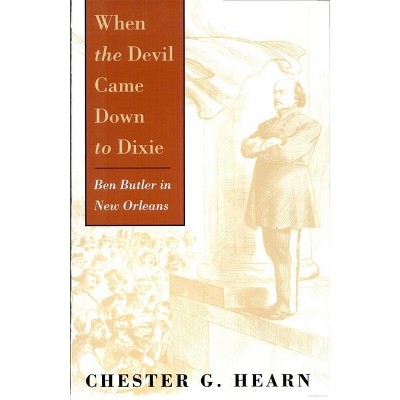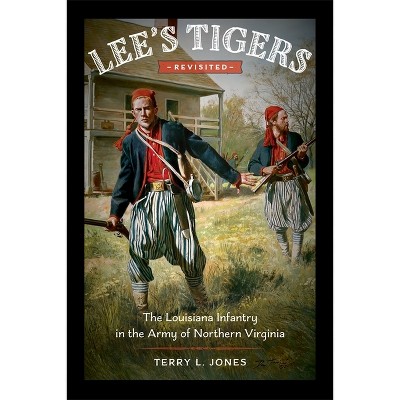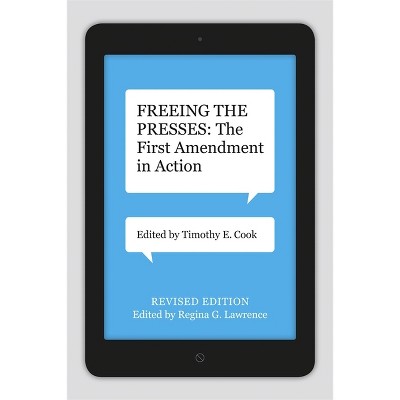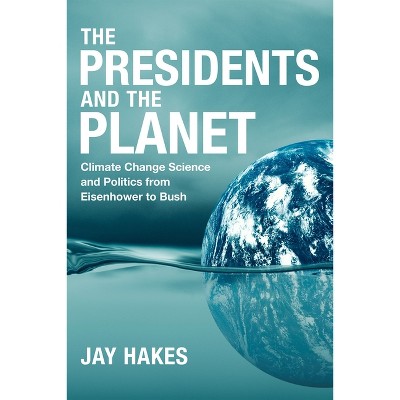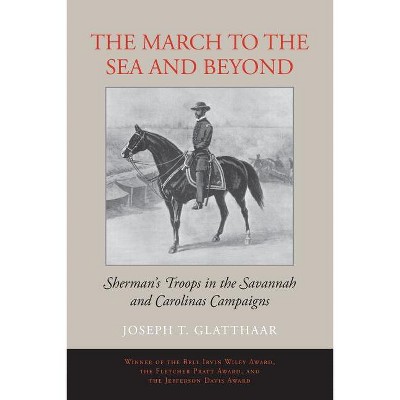Sponsored

Contested Territory - by Murray R Wickett (Paperback)
In Stock
Sponsored
About this item
Highlights
- The late nineteenth century was a period of tremendous upheaval in American race relations.
- About the Author: MURRAY R. WICKETT is associate professor of history at Brock University in St. Catharines, Ontario, Canada.
- 260 Pages
- History, United States
Description
Book Synopsis
The late nineteenth century was a period of tremendous upheaval in American race relations. But while studies abound documenting the changes in relations between whites and African Americans in the northern and southern states during this time, few historians have tackled this topic in the lands of the frontier West or sought to understand how Native Americans figured into the nation's complex racial mix. In Contested Territory, Murray R. Wickett offers the first complete history of the interaction among whites, Native Americans, and African Americans in the Indian and Oklahoma Territories from the end of the Civil War until Oklahoma statehood in 1907, addressing questions about the nature of American race relations, the answers to which far transcend the territorial boundaries of the region.
Since, by the late 1800s, the Indian and Oklahoma Territories were the only place where the three "founding" cultures of American society co-existed in significant numbers, the area provides an excellent case study in the contrasting racial policies aimed at separate ethnic groups. As Wickett shows, racial separation versus integration sparked a bitter debate that factionalized both blacks and Indians. While white government officials and humanitarian reformers sought-and often forced--the assimilation of Native peoples into Anglo-American society, they strove, at the same time, to secure the strict segregation of African Americans. As African Americans desperately fought a losing battle to maintain their civil rights, Native Americans, for the most part, rejected the benefits white society encouraged them to accept. Wickett tells his fascinating and complex story with a mix of sources that includes poems, anecdotes, and particularly well-chosen pictures. Through government records, newspapers, diaries, and oral history interviews, he also allows those who experienced the temper of the times first hand to speak for themselves.Review Quotes
Murray Wickett has produced a much-appreciated and well-docmented interpretation of racial interplay in Indian/Oklahoma Territory that is destined to stir the profession. He captures the malicious use of racism, primarily by Anglo-Americans, to not only exploit and dominate Native and African Americans, but in turn to encourage Indians to use it to manipulate and subjugate black Oklahomans. The story is painful but much welcomed.--Jere W. Roberson, Central Oklahoma University
Wickett's comprehensive study of the relationship between members of the Five Civilized Tribes and their former slaves provides a compelling view of the struggle for integration into the political and social structure of society in Indian Territory following the American Civil War. That class struggle would culminate with the Curtis Act dissolving the tribal governments of the Cherokees, Chickasaws, Choctaws, Creeks, and Seminoles, thus paving the way for African Americans with ties to those tribes to be granted citizenship and land over the objections of the Indians.--William D. Welge, Oklahoma Historical Society
Wickett's study of the triracial society of Indian Territory/Oklahoma is the first of its kind. Standard scholarly fare in the subject of race relations in that region focuses on black-Indian, black-white, or white-Indian interaction. Until Wickett's study, there have been no significant comparative studies of black-Indian-white relations. Wickett is, in effect, a pioneer in that field. Anyone interested in race relations in America, particularly in the Trans-Mississippi West, must read this book.--Daniel F. Littlefield, author of Seminole Burning: A Story of Racial Vengeance
About the Author
MURRAY R. WICKETT is associate professor of history at Brock University in St. Catharines, Ontario, Canada.Shipping details
Return details
Trending Non-Fiction







